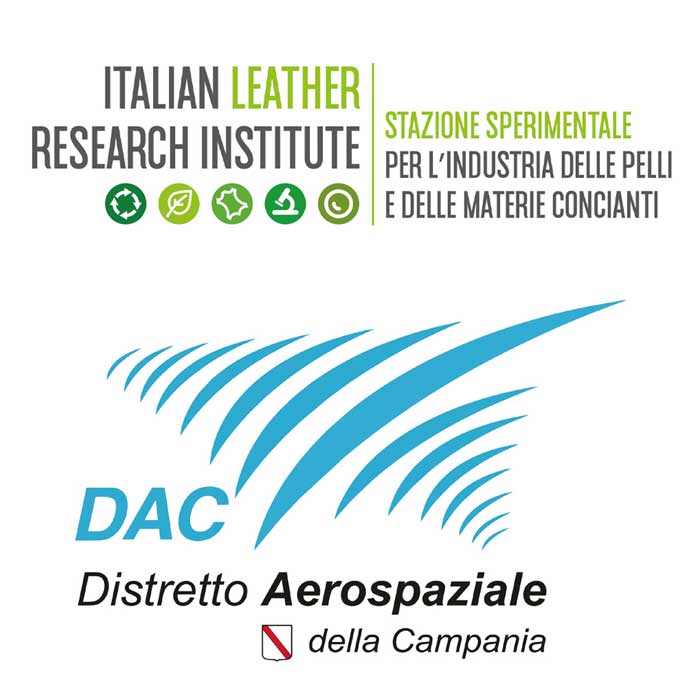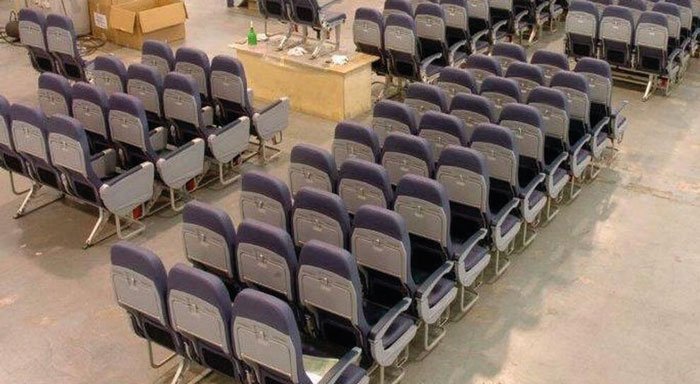
Focus on the final stages of processing and on the end of leather products’ life

Despite being one of the oldest materials in the world, leather is still massively used today for most products representing the “Made in Italy” excellence. On the other hand, the issue of research for the enhancement of tanning waste has progressively gained big attention in recent years mostly in relation with the identification of possible transformation approaches and the research of innovative uses for the solid waste of already tanned leathers, both by means of chromium agents and of the new generations of chrome-free leather tanning agents.

While, on the one hand, approaches for the production of protein hydrolysates starting from untanned hides (mainly from fleshing) have already been successfully used in agriculture, particularly in the production of fertilizers and bio stimulants. Another part to be explored is the use of post-tanning solid waste (shaving and trimming), for products and goods, both for the tanning industry itself and for other destinations and production chains.
The use of tanned waste, alone or in association with polymeric formulations, natural or synthetic, for the creation of new materials, and particularly for paneling, has been investigated, with many interesting and encouraging results. One of the promising potential development can be identified with the implementation of research activities aimed at creating interiors for the aerospace sector: in this context, moreover, leather is the best high-performance material granting also high comfort, especially for the construction of aircraft seating, an area in which very stringent requirements are mostly envisaged, especially in terms of performance / physical-mechanical resistance; it has to be implemented, instead, eventually also through the use of tanned solid waste, the search for new materials for the production of claddings and side panels, for which, on the other hand, added value characteristics are preferential concerning the aspects of increased acoustic and thermal insulation properties.
Other more transversal requirements, which affect all types of applications for aircraft interiors, are also related to the need to provide for a minimization of VOCs, as well as to ensure the conferment of specific characteristics, such as flameretardant properties. The obtaining of materials with these characteristics, also deriving from tanning waste, is one of the objectives that the Stazione Sperimentale SSIP has identified, in the context of collaboration with the DAC (Campania Aerosol District), with a Framework Agreement.
Through this agreement, the SSIP is currently interested in developing design lines of potential interest in the aerospace field too, particularly in relation with design of leathers and new bio-based composites, deriving from the enhancement of waste from the tanning industry, the creation of aircraft interiors, as well as clothing and accessories to be used in the aerospace field, with the following characteristics: high comfort and sensorial pleasure (to ensure high performance over the long range and allow applications in the field of sensory rehabilitation, in the case of prolonged use of protective devices, or prolonged exposure to adverse environmental conditions); low fogging / low VOC emissions (in order to minimize the emissions of substances having an impact on the olfactory and eco-toxicological level inside the cockpits); high antimicrobial resistance; high thermal and acoustic insulation characteristics; flame retardant property; high stability to environmental and thermo-climatic stress.
The added value that can be identified in these objectives lies, in addition to the high degree of innovation and technological competence required, also in the possibility of involving, for applications that require the use of tanning waste, tanning companies and the fashion supply chain interested in exploring innovative solutions to foresee approaches valorizing waste generated in the final stages of processing or even deriving from the end of life of leather products and goods destined for the fashion sector.
www.ssip.it
